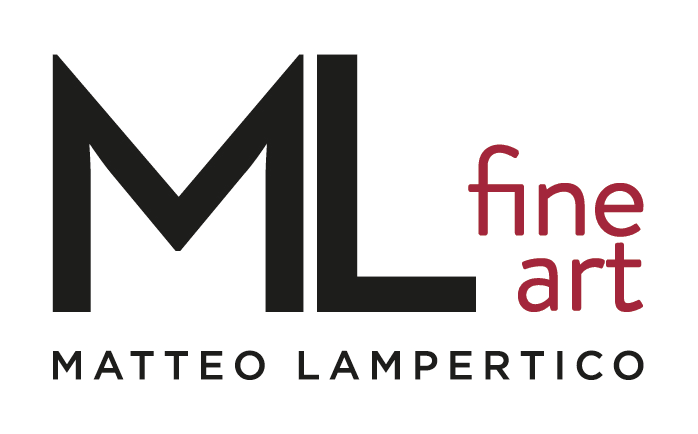M&L Fine Art is proud to present the first UK exhibition of work by Angelo Savelli. Eleven seminal paintings are shown alongside pieces by Enrico Castellani, Lucio Fontana, Robert Ryman, Salvatore Scarpitta and Jan Schoonhoven, artists with whom Savelli shared a common aesthetic language. He was a pioneer in developing the monochromatic palette that would be adopted by many of his contemporaries and as early as 1957 he began creating works using white as the only pigment. ‘Basically White’ aims to demonstrate the impact his work had on a generation of artists who were practising in America and Europe during the 1960s and 70s.
The paintings and sculptures of the white period were created after 1954 when Savelli had relocated to New York. It was here that the artist Phillip Pavia introduced him to the influential 10th Street Art Club of artists and critics. He became friends with Jack Tworkov who sublet his studio on 10th street and 4th avenue where Franz Kline and Willem de Kooning were also based. Savelli gradually got to know his American peers and admired the purity of artists such as Robert Motherwell, Ad Reinhardt and Barnett Newman, something he encompassed by abandoning colour in his work. In 1958 the prestigious American dealer Leo Castelli presented a solo exhibition dedicated to prints and watercolours created in his Chelsea studio.
For Savelli, white conveyed the idea of totality or infinity and he described the use of it in
his work as representing the interior: “I see with white eyes / I think with white mind / I act with white hands in a white body / I breathe in a white sky...” By 1960 the collage method of sculptural relief was no longer found in his work. Instead he created pieces such as Composition New York (1960) where gesture had been replaced with primary forms and a thick, dense application of paint.
The inclusion of rope in his work referred to the fishing industry of his hometown and became a significant element of his visual language in the 1960s. Circular and polygonal motifs were included alongside rope and in the group of works he presented in Venice in 1964, four sided shapes were cut through the paper, forming varying perspectives by acting as windows through the layers of his pieces. Two major paintings shown at the Biennale are included in this exhibition. Alle quattro ragazze negre di Alabama (1964) and I Feel Fine (1963) demonstrate how his work was beginning to explore a spiritual realm, something which his sculptures would further develop.
Ovale con Corda (1965) introduces cork as a key element which would become part of his formal language. Savelli incorporated this on the canvas with rope and the circular and polygonal motifs that had become synonymous with his paintings.
In paintings such as Diagonal Waves (1976) and Love Letter to a Figure Point (1981) Savelli lavishly applied paint to the canvas, celebrating its materiality. He dissected the picture frame by creating lines formed of dense layers of white pigment, referring back to methods and iconography he had explored since the 1960s.
Angelo Savelli, was born in Pizzo Calabro, Catanzaro, in 1911. He graduated from the Academy of Fine Arts in Rome in 1936. He continued his studies in Paris and in 1950 was invited to the XXV Biennale in Venice. In 1959 he presented his first experiments with white at the Tweed Gallery, University of Minnesota in Duluth and in the same year was invited to participate in the VII Quadriennale d’Art in Rome. In 1964 he won the Graphic prize at the XXXII Biennale in Venice. In 1984 Luigi Sansone curated a major survey show at PAC in Milan. In 1994 Savelli began collaborating with the Prada Foundation. He died in 1995 and three months later the Museum Pecci in Prato presented an extensive retrospective. The XLVI Biennale in Venice also dedicated an exhibition room to him that year curated by Germano Celant.
A bilingual catalogue with texts by Guido Ballo, Piero Dorazio, James Harithas and Louis Kahn accompanies the exhibition.





